Sequoia National Park, known for its colossal trees and stunning landscapes, offers a unique and breathtaking experience throughout the year. Each season presents different weather conditions and activities, making every visit to the park a distinctive experience. This blog post will serve as your guide to the weather at Sequoia National Park, highlighting the key aspects of each season to help you make the most of your visit.
Spring Weather in Sequoia National Park
Spring in Sequoia National Park brings warmer temperatures, longer days, and the blossoming of wildflowers. Temperatures can range from 30°F (-1°C) in March to 60°F (15°C) in May, though overnight lows can still drop below freezing. Snow may persist in the higher elevations well into spring, but lower elevations typically see the snow melt away, leaving behind a lush, green landscape.
Precipitation decreases throughout the season, with the majority of rainfall occurring in March and tapering off by May. As the snow melts, waterfalls come to life, creating a picturesque setting for photography enthusiasts.
Camping in spring can be a delightful experience, with the cool temperatures providing a comfortable environment for exploring the park. Wildlife sightings are more common in spring, as animals emerge from their winter habitats.
The Giant Forest, home to the famous General Sherman Tree, is accessible year-round, but some high elevation trails and campgrounds may remain closed due to snow. Keep an eye on park alerts and updates for any closures or reduced operating hours.
Summer Weather in Sequoia National Park
Summer is the most popular time to visit Sequoia National Park, with warm temperatures and sunny days attracting crowds of outdoor enthusiasts. Daytime temperatures can range from 70°F (21°C) to 90°F (32°C), but it’s essential to remember that nights can still be cool, especially at higher elevations.
The chance of precipitation in summer is relatively low, but thunderstorms can occur, especially in the afternoons. It’s essential to monitor weather conditions and seek shelter if a storm approaches.
Camping during summer offers the opportunity to enjoy the park’s various campgrounds and trail systems. The high elevation campgrounds and trails, such as the Lodgepole and Mineral King areas, are accessible during this season.
Visitors can enjoy a range of activities, including hiking, rock climbing, and stargazing. Wildlife sightings are frequent, with deer, black bears, and various bird species commonly spotted throughout the park.
Fall Weather in Sequoia National Park
Fall ushers in a sense of tranquility at Sequoia National Park, as the leaves begin to change color and the temperatures cool down. Daytime temperatures can range from 60°F (15°C) in September to 45°F (7°C) in November, with overnight lows dropping below freezing.
Precipitation levels remain low during the early fall months, gradually increasing as winter approaches. Early snowfall is possible in the higher elevations, especially in late October and November.
Fall camping at Sequoia National Park can be a serene experience, with fewer crowds and a pleasant, cool climate. Wildlife sightings remain common, as animals prepare for the winter months.
Some facilities, such as the high elevation campgrounds and trails, may close or have reduced operating hours as winter approaches. It’s crucial to check for updates before your visit to ensure a smooth and enjoyable experience.
Winter Weather in Sequoia National Park
Winter transforms Sequoia National Park into a snowy wonderland, with a blanket of white covering the landscape. Temperatures can range from 30°F (-1°C) to 45°F (7°C) during the day, with overnight lows frequently dropping below freezing. Snowfall can be heavy, especially in the higher elevations, creating a picturesque winter scene.
Precipitation increases during the winter months, with December, January, and February being the wettest time of year. Snow and ice can lead to road closures, so it’s essential to check the park’s website for the most up-to-date conditions.
Winter camping at Sequoia National Park can be a magical experience for those prepared to brave the cold temperatures. Some campgrounds may close during the winter season, while others, such as the Potwisha Campground, remain open year-round.
Visitors can enjoy a variety of winter activities, including snowshoeing, cross-country skiing, and wildlife watching. However, it’s crucial to exercise caution during the winter months, as the weather conditions can be unpredictable and quickly change.
Some facilities, including high elevation campgrounds and trails, are typically closed or have reduced operating hours during the winter season. Be sure to check the park’s website for updates and alerts before embarking on your trip.
Conclusion
Sequoia National Park offers a unique experience in each season, with varying weather conditions, activities, and opportunities for wildlife sightings. To ensure a memorable visit, it’s essential to prepare for the specific conditions and potential closures associated with your chosen season. With careful planning and an understanding of the park’s seasonal weather patterns, you can make the most of your time at this awe-inspiring natural destination.

